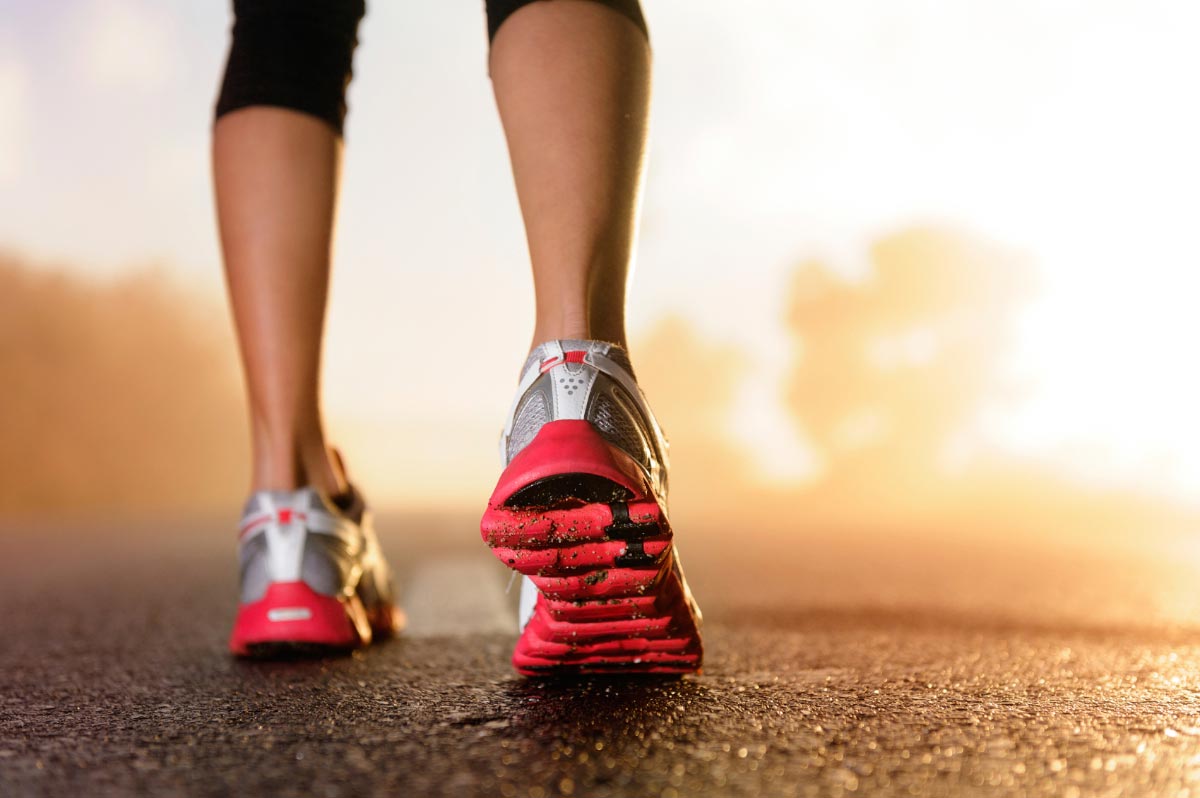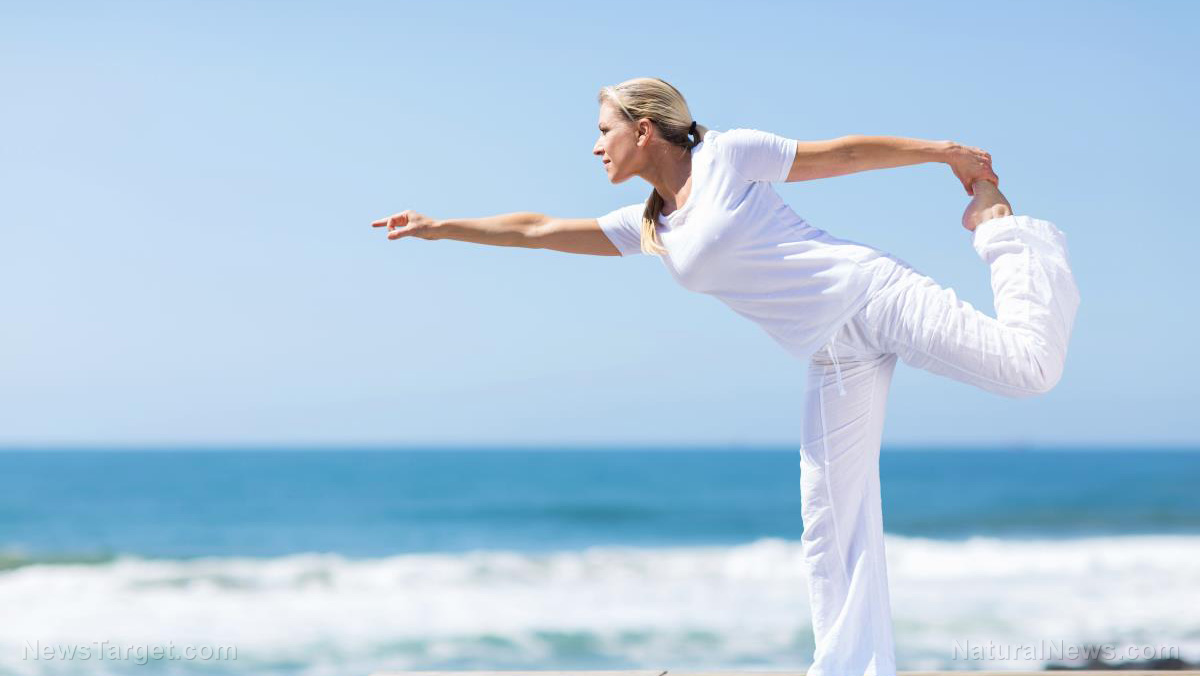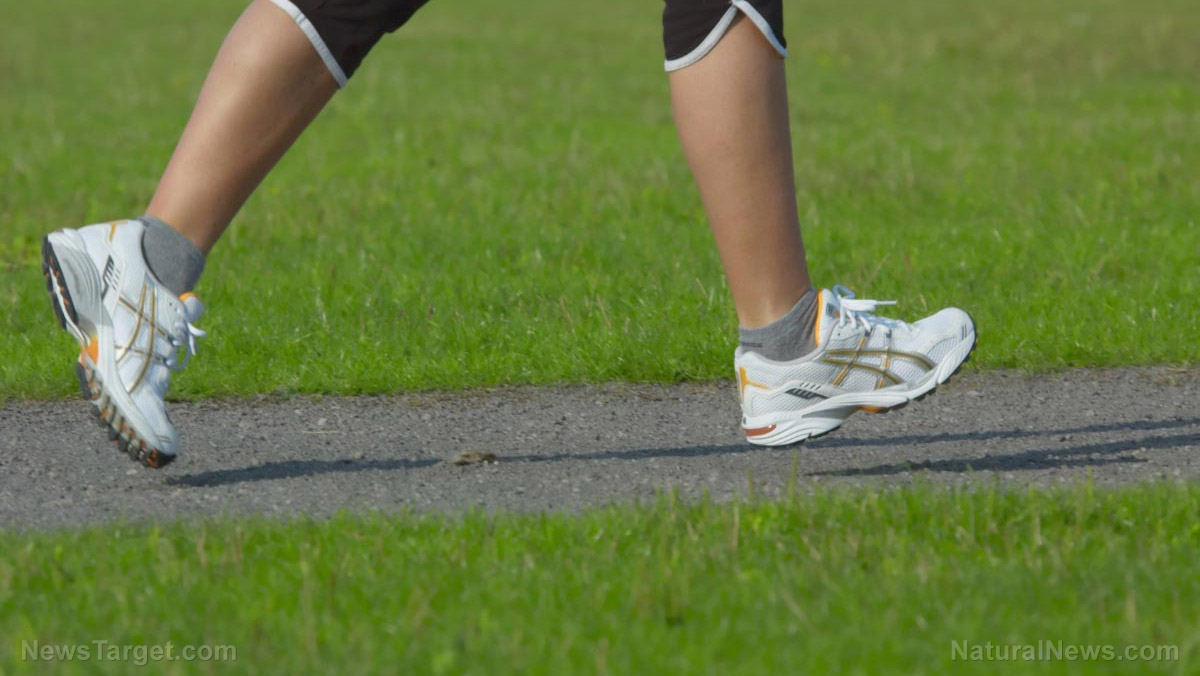Older people who engage in frequent muscle stretching reduce their risk of lower leg problems
05/05/2018 / By Michelle Simmons

A study published in the Journal of Physiology suggested that older adults who regularly perform muscular stretching have a lower risk of lower leg problems.
In conducting the study, researchers from Florida State University and Kansas State University in the U.S. and the University of Electro-Communications in Japan placed splints on the lower limb of aged rats so that the calf muscles were stretched. The splints were placed on one leg for thirty minutes for five times a week in four weeks. Then, they compared the blood flow, arterial function, and the number of capillaries in the muscles of the stretched lower limb to the unstretched limb.
They discovered that regular muscle stretching done five times a week for four weeks increased the blood flow to the lower leg muscles. In addition, they found that it improved the functions of arteries in the lower leg muscles, and increased the number of capillaries within stretched muscles.
“Our research suggests that static muscle stretching performed regularly can have a real impact by increasing blood flow to muscles in the lower leg,” explained Judy Muller-Delp, lead researcher and professor at Florida State University.
Muscle stretching has a lower intensity than aerobic exercises and is commonly done as a warm-up or cool-down. Therefore, even older individuals can perform muscle stretching with minimal risk of injury. Although the benefits of exercise are widely known, only a few older adults participate in regular exercise programs. This is mostly because of their limited mobility and weak muscles.
The study indicated that even people who have difficulty in walking due to pain or those who lack mobility could perform muscle stretching to improve their health.
Daily stretching exercises for seniors
Stretch exercises can increase the mobility and flexibility of the elderly. Listed below are stretch exercises older adults can do every day or as often as possible. But before you start, make sure to do warm-up exercises, such as walking in place and arm circles, for five to 10 minutes.
- Neck side stretch – This exercise will loosen any tension in the neck and the tops of the shoulder. To do this, sit tall in a chair and gently lean your to one side, then the other, to warm up your neck. Then, lift your right arm up and over your head, while your palm gently rests on the left side. Next, gently pull your head to the right, and hold it for 20 to 30 seconds. Do the same to the other side.
- Shoulder and upper back stretch – This stretch will help loosen muscles and enhance spinal flexibility, which can help you stand straight again. To do this, stand tall with your arms by your sides. Then, reach behind you with both hands, pull your shoulders back, and clasp your fingers together. If you feel a stretch already, hold it. Then return to standing tall, and repeat.
- Back stretches – Back stretches can help increase mobility in the spine as well as rounded shoulders. It will also improve blood flow. To start, stand tall with your hands on your hips. Gently lean back, looking up at the ceiling. Hold it for three seconds, then return to standing. Do this for 10 times.
- Standing quadriceps stretch – This exercise is great for lengthening the quadriceps muscle, which is at the front of the thighs. This part can often become shortened and tightened due to sitting or hunching forward. To start, stand tall while holding on to the back of a chair or countertop with your free hand for balance. Then, slowly bend your right knee and hold your foot. Hold it for 30 seconds, and repeat on the other leg.
Read more news stories and studies on older people by going to Longevity.news.
Sources include:
Tagged Under: elderly, exercise, fitness, leg, leg problems, longevity, muscle stretching, old age, older adults, older people, stretch exercises, stretching




















